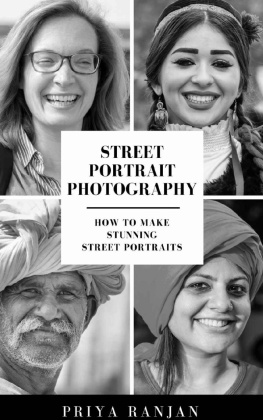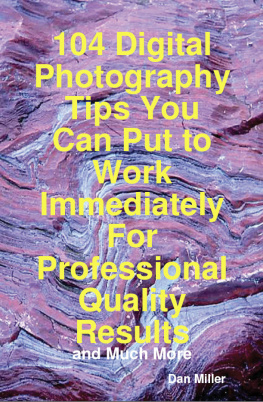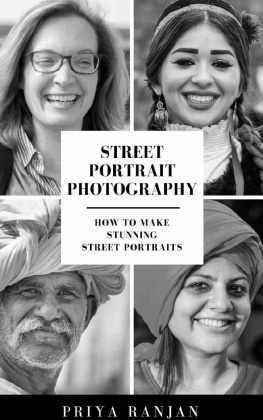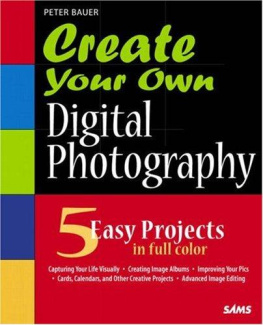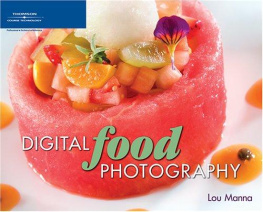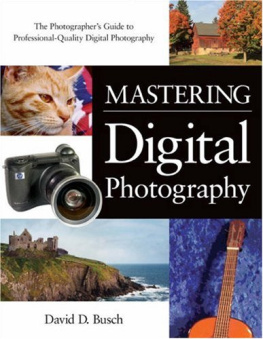Street Portrait Photography
How to make stunning street portraits
Copyright 2019 Priya Ranjan
All rights reserved.
Dedicated to
my wife Reena
and my son Tarun
without your support
I wont have learnt photography
Leave aside writing a book on photography!
Contents
Introduction
What makes you comfortable can ruin you, what makes you uncomfortable is the only way to grow.
Bill Eckstrom
I t takes courage, boldness, and a magnetic personality to make portrait of strangers, right? No. If that was the case, I couldnt pose any stranger on the street or a public place, couldnt document life on the streets, and couldnt engage with them for stories.
As a kid, I was petrified about the idea of facing strangers. I preferred to stay in my shell rather than make new friends. Now I chase strangers and love to engage with them. That's the transformation street photography has brought in my life.
Photograph 1: Can't resist myself taking his photo.
Contrary to the belief that street photography or photojournalism is meant for the extroverted souls, it just takes preparation, participation, and practice (3Ps), to capture stunning portraits (4th P) of amazing people (5th P) you meet on the street.
Wow! You just discovered 5Ps of Street Portraiture . Sounds like 4Ps of marketing .
If you've understood this, you can drop this book now, save time, and hit the streets with your camera. If you need to make this concept more profound, then bear with me. This is a very crisp book to help you with vital concepts without meandering.
Photograph 2: The enthusiastic cadet ready for the parade.
Before I introduce the book to you, I would like to thank the people who allowed me to shoot them. These people help reach one civilizations to another through their photos and stories. They had courage, or, maybe, I encouraged them, to let the life of the city, state, and country get documented through their own pictures.
Why should you take street photos?
People relate to people. They want to know and learn from what other people are doing. Photography helps make this process easier. It connects civilizations of one part of the world to the other part of the world. Embrace this responsibility.
Streets are so vivid that there is no dearth of subjects. It's your job, as a photographer, to document this life and share with other parts of the globe.
For example, a person sitting in India admires the street fashion of New York City. The Western world admires the rich heritage and vivid colors of Rajasthan. People want to know the countries through their people, not just the monuments and landscapes. Take the challenge.
Photograph 3: Kids smile doesn't know no money!
My evolution as street portrait photographer
In my childhood, I was a very silent observer on the street. Being an introvert, I seldom approached a stranger even for a query, address, or favor. I used to watch, try to understand their mood, and then approached when I felt it was safe. Net-net, I was scared of strangers.
As I graduated to high school, I picked a series in a monthly magazine. The series was about Body Language. The series was excerpts from the Body Language book by Allen Pease. I devoured the whole series, reading every month's articles in the magazine. It provided me people perspective and their behavior without explicitly asking them about their mood or intentions with help of their gestures and movements of hands, legs, head, eyes, and lips.
Well, the body language knowledge took me few steps forward I needed to engage with people to make successful transactions there is absolutely no substitute for effective communication. If I need my work done by people, I need to talk. How do I talk effectively was the next challenge
Photograph 4: An activist promoting vegan diet.
Heres my way of handling any new assignment, be it professionally or personally. I make my concepts clear first by reading, then by seeing and then doing it myself. I know I'm a slow learner if I keep following this long-drawn method. But that's the only way I'm comfortable in exploring any new endeavor. So, engaging with people was no different. I picked some knowledge from books of Steven Covey and Dale Carnegie I guess, nowadays, every college students get exposure to these books. I watched lots of movies and specifically concentrated on communication. I read the Vocabulary book of Norman Lewis.
Photograph 5: Dard aryan woman in traditional Laddakh dress following the cultural legacy.
Fast forward to 2016
Only after I picked up my camera and hit the streets, I got to apply all my people knowledge and skills. I met thousands of strangers, convinced them to let me take the photograph, and encouraged some of them to share their stories too. With the help of their photographs, I want to showcase what a stranger looks like. With the help of captions and stories, I want to showcase their unique perspectives. The idea was to unstranger them!
Why I picked photography is not sure to me yet. But whatever would have been the reason to hold the camera, it's a soothing experience. Photography is my way of meditation.
Photograph 6: Vietnameese girl in traditional o di dress.
Learning photography seemed daunting at the first go. Techniques sounded more difficult than composition or exposure. To understand technique, I applied my trusted method of reading, watching, and doing. So far, I've read nearly hundreds of photography books, thousands of blogs and articles, watched hundreds of hours of videos and shot more than 10,000 photos of various subjects.
I have a habit of hustling. So, when I read, I skip a few familiar topics. When I watch videos, I fast forward past the known or boring parts. That paves the way for me to read more and more books and watch many videos. I gain more and more knowledge faster.
Each book and video taught me some lessons that I could go out and apply. That's how the wisdom is growing. That's the way I learnt to grow. Knowledge and wisdom I acquired in the journey range from making photos to sharing with the larger audience. I learnt working with a huge sense of responsibility while delivering creativity.

